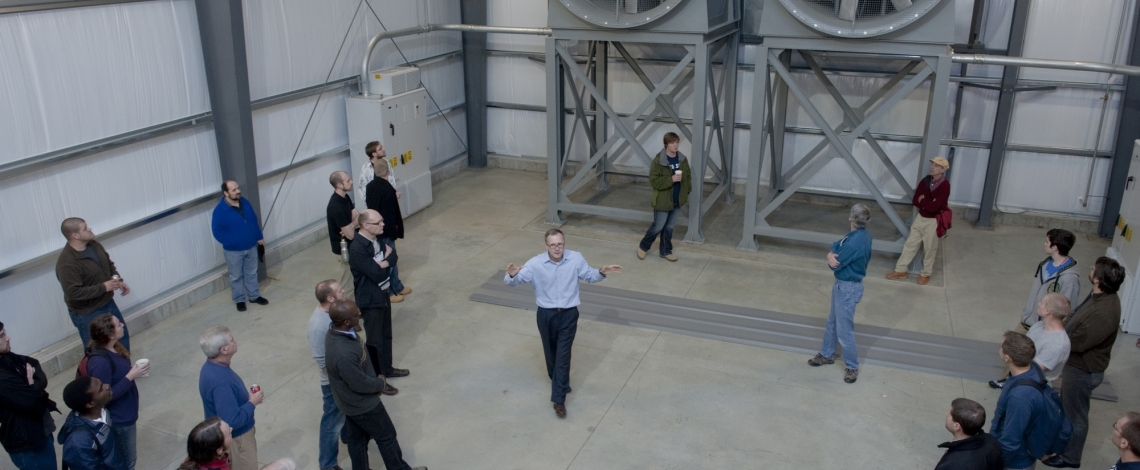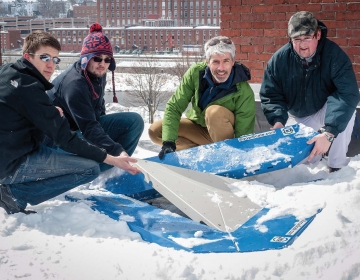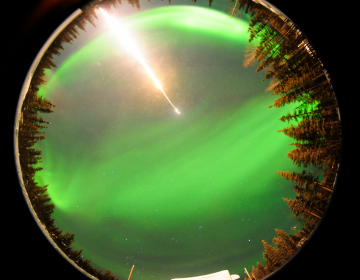Testing for Aerospace & Defense

Testing for Aerospace & Defense
getting in the flow
Investments from our program, the U.S. Department of Defense EPSCoR, and matching funds paid for the construction of the world’s largest scientific-quality boundary layer wind tunnel at the University of New Hampshire. Within the 300-foot-long structure, two 400-horsepower fans, each moving 250,000 cubic feet of air per minute, can generate a wind of approximately 28 miles per hour. This lets researchers gather data on the turbulence of air around objects.
The wind tunnel has been used to study how ash travels through the atmosphere during and after volcanic eruptions. This helps scientists predict how long damaging ash will fill the skies and informs decisions on when it is safe again for air travel. In other studies, supported by multiple federal agencies, the wind tunnel is being used to explore the aerodynamic properties and energy harvesting capabilities of wind farms.
sparking new collaborations
More than 300 businesses in New Hampshire are involved in the aerospace and defense industries, many of which comprise the New Hampshire Aerospace and Defense Export Consortium. The wind tunnel enables further research and testing important to the aerospace, energy, and defense industries and holds potential for collaboration with companies in the Consortium.



